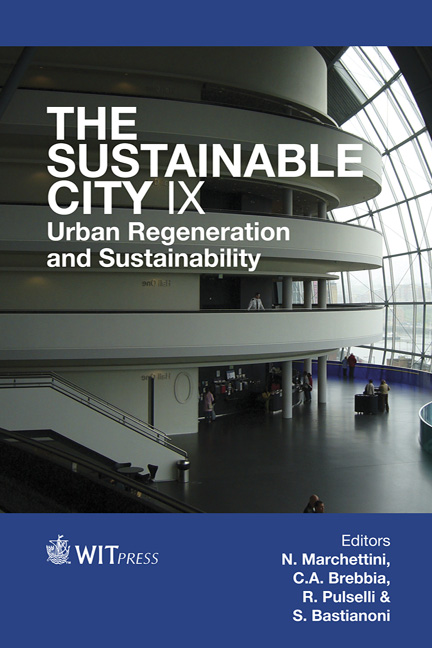The Value Of Public Green Spaces And The Effects Of South Africa’s Informal Backyard Rental Sector
Price
Free (open access)
Transaction
Volume
191
Pages
12
Page Range
427 - 438
Published
2014
Size
290 kb
Paper DOI
10.2495/SC140361
Copyright
WIT Press
Author(s)
L. G. Lategan, E. J. Cilliers
Abstract
This paper investigates the effects of the informal backyard rental sector on the green space made available to tenants and landlords in South Africa. This research explores the hypothesis that backyard dwellings and their encroachment on private outside space necessitate the development of a greater number of qualitative public green spaces. The case study of Bridgeton in Oudtshoorn, South Africa, showcases a variety of housing projects delivered during and after the Apartheid regime. Interviews with authorities and residents and an extensive survey provide valuable insight. This paper concludes that the informal backyard rental sector occupies the private open space intended to be used by landlords who live in formal dwellings. Backyard tenants also increase living densities, intensifying the need to find new venues for recreational activities further afield. The problem is exacerbated by the poor quality and limited accessibility associated with the public green spaces delivered in most low-income communities
Keywords
high-density development, informal backyard renting, public green space, South African cities





